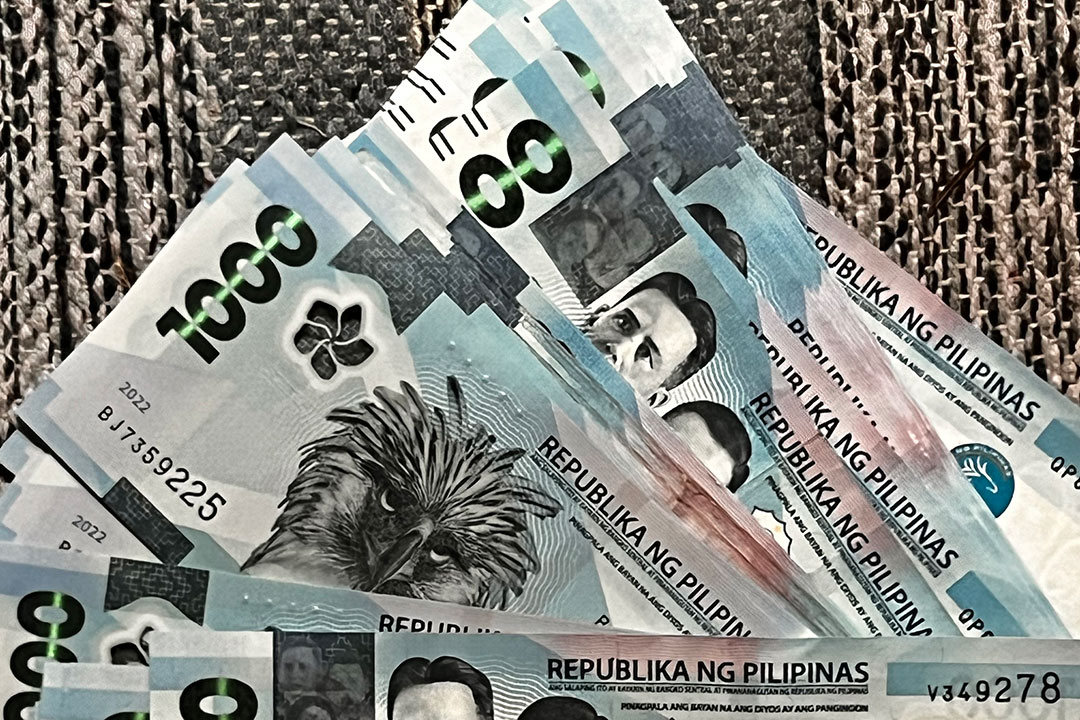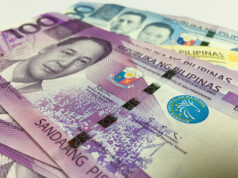Peso needs to be ‘more competitive’ — ANZ

THE PHILIPPINES should move to make the peso more competitive now that inflation has receded, giving monetary authorities room to maneuver, ANZ Research said.
“We believe the Philippines should consider a more competitive exchange rate. While this carries risks, the country’s improved external position and structurally lower inflation offer a buffer,” it said in a report.
“A weaker peso could boost exports, attract investment, and support a shift toward productivity-led growth,” it said.
The peso has been trading at the P55 level against the dollar since the end of April.
ANZ noted previous periods of peso overvaluation in the 1980s and 1990s, which impacted manufacturing.
“The tradable goods sector has been disproportionately affected — exports relying heavily on imported inputs (for example, the assembly-oriented semiconductors) have fared better than those relying on domestic inputs,” it said.
This caused domestic industries to sharply decline as the real appreciation of the currency made imports cheaper, it added.
“Electronics, which depend on imported inputs, have suffered too but performed better than the traditional manufacturing sectors that typically have deeper local linkages.”
It also cited the Philippines’ widening real effective exchange rate gap relative to its neighbors since 2004, which “signals a sustained loss of relative competitiveness, reinforcing the need for a more balanced exchange rate.”
“Adding to the challenge is an overvalued peso, especially amid weak productivity growth.”
Traditional currency fair-value models indicate that the peso has been overvalued since 2019, hurting export competitiveness — especially for industries relying on domestic inputs, it said.
ANZ said it would benefit the economy to correct the overvaluation or even just “pursue a mildly undervalued exchange rate, whenever possible.”
“A growth model that is reliant on consumption and imports funded by labor exports and remittances inhibits the transition towards higher productivity over time.”
“The two key drawbacks of pursuing a weaker real exchange rate are increased servicing cost of external debt and imported inflation,” it added.
If the Bangko Sentral ng Pilipinas (BSP) opts to undervalue the peso, it will need to accumulate sufficient foreign exchange reserves.
“Nonetheless, a further accumulation may not be necessarily excessive. Higher foreign exchange reserves will make it easier for the BSP to stabilize the exchange rate in case of adverse external events.”
Gross international reserves have been mainly stable, settling above the $100-billion mark.
“It is not uncommon for monetary policy in the emerging markets to be constrained by hawkish developments in the advanced economies,” ANZ said.
“During periods of policy tightening in advanced economies, it has been often difficult for the BSP to sufficiently respond to the domestic business cycle. A higher level of foreign exchange reserves would enhance its ability to focus on the domestic growth-inflation mix more adeptly.” — Luisa Maria Jacinta C. Jocson



